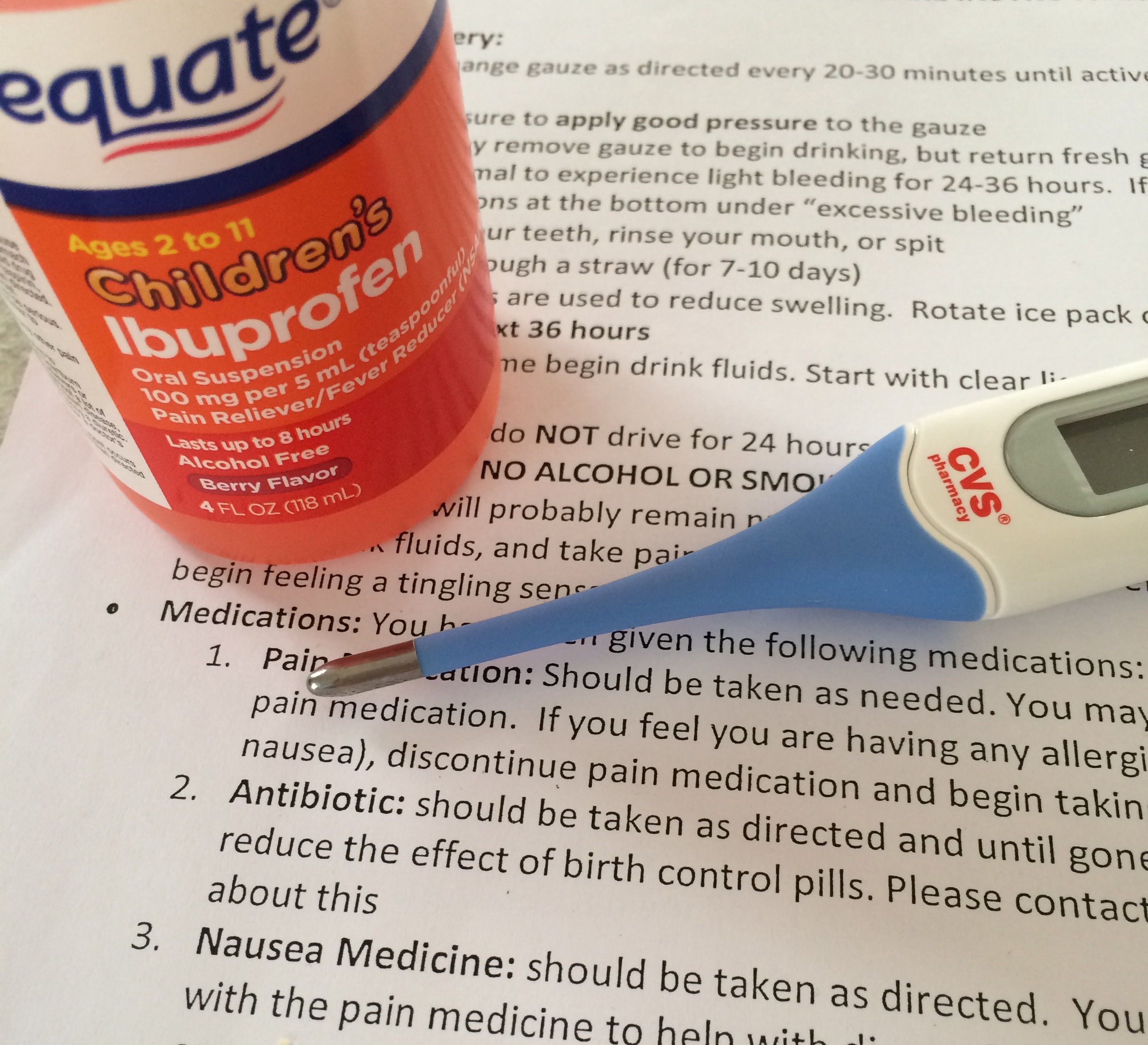Child abuse and neglected children are victims of lower academic achievement. They also display social difficulties. Some students eventually become dropouts. Unfortunately, abuse faces one in ten students today.
Classroom teachers can identify abused children and begin a healing process when identified at an early age. Thus, there are a few types of abuse.
- Suspect physical abuse when a student has bruises, burns, and broken bones. It also includes internal injuries.
- Constant belittling and rejecting a child is emotional maltreatment. These students lack a positive atmosphere at home. These students experience verbal abuse and neglect. Lack of emotional support destroys their self-esteem and self-confidence. A delay in emotional development and childhood neglect shows mistreatment.
- Physical neglect means a lack of healthy food, clothing, a home, or supervision.
- Sexual abuse refers to the exploitation, molestation, or prostitution of a student. These students do not have the cognition to understand. They do not want touching or being hugged by teachers or classmates.
Learning about abuse is beneficial to all students. Empowering staff to recognize abuse and respond to it helps students to heal. Students do not want to discuss abuse. That is why an informed staff helps.
Students talk to trusted adults when they know about various types of abuse. Both students and teachers must learn about abuse, so they recognize it. Abuse makes students breakable. However, they are resilient if they can heal.
Abuse of Elementary Students
Students exposed to abuse show various symptoms.
- They have trouble focusing in class.
- Quiet, troubled, or socially inhibited is a symptom.
- They argue with anyone and get into trouble easily.
- Students talk about fearful feelings.
- Being alone suits them.
- Some students either eat more or less than normal.
Preventing the impact of abuse on students depends on the role of educators. The classroom is perfect as a stable environment for students. They listen to the stories of their peers to understand that abuse is not their fault.
Specialists say that a caring adult is critical for the development of a healthy healing process. Students need to discuss their experiences with a person who listens and understands. Teachers create a safe classroom environment for students to learn. Thus, students can speak freely without judgment.
Be aware of what is happening in the classroom and consult a school nurse or other school professional when necessary. Many students need the intervention of a specialist. School counselors help stop the abuse. A professional outside the school system helps the process. Child abuse happens. As an educator, act when necessary to help a student begin the healing process.



